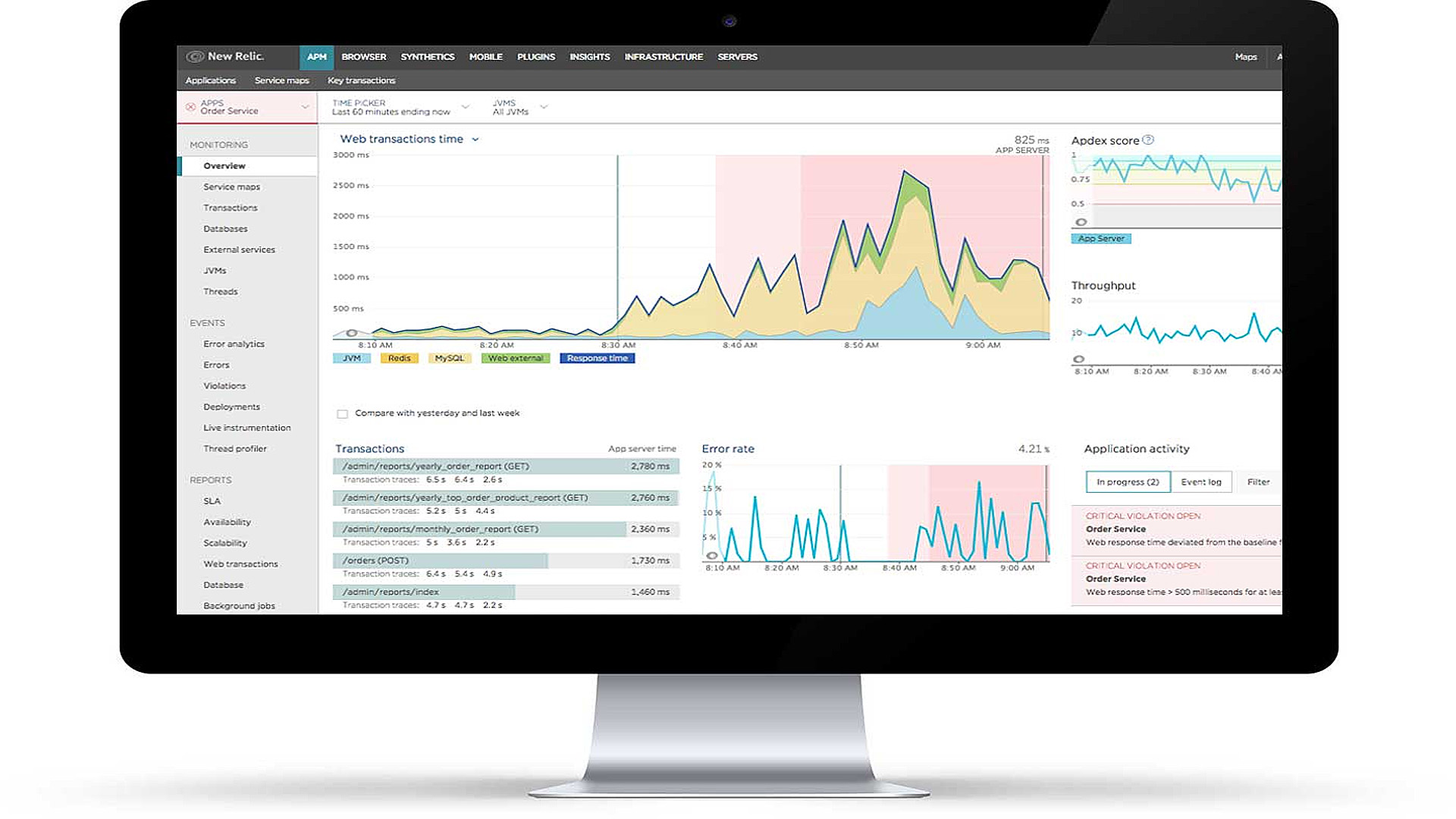Competing in a saturated and highly competitive marketplace, mobile app developers must provide consistent access and an effortless user experience to reduce customer attrition. This guide discusses vital tools to understand your program’s performance and covers the best practices for fixing issues to ensure that you can correctly check website outage or any program bug and quickly identify and patch up to provide minimal disruption to customers.
Key metrics
Mobile applications must be able to respond promptly to users’ actions. If they fail to do so, customers will become frustrated and abandon it – a situation that ought to be dodged at all costs. The slightest issue with performance could lead them away from the program, as users are used to almost instantaneous responses when interacting with web services. So you always need to use specific resources where you can check Wells Fargo status or the current performance of any platform.
It’s essential to comprehend when (and where) your users are facing hiccups to avoid issues. This way, you can quickly identify any problems that need fixing. If you want to be aware of your app’s performance, it is crucial that you monitor vital metrics and set alerts. In this section, we will discuss several such indicators:
- App start time.
- Slow renders, rigid frames & ANRs (Application Not Responding).
- Network performance parameters.
- Resource-related metrics, including CPU, disk, and memory usage.
- Metrics from custom user actions.

Track and diagnose errors
As previously mentioned, the excessive errors in your app and its related backend services can lead to issues such as ANRs, rigid frames, crashes, or low service availability. This will directly impact customer experience, leading to a greater churn rate, lower revenues, and reduced discoverability because of poor store ratings. Now, let’s explore various techniques to ensure you gain the maximum value from error information so that you cannot only comprehend the magnitude of any issues but also quickly pinpoint their origin.
Unlike web applications, where you can quickly direct users to the newest version of your code, making updates on mobile devices requires more time and user involvement. Collecting as much information regarding any errors that may arise regarding your app’s usability is essential, enabling you to identify new problems quickly and efficiently.
To guarantee that your program consistently offers a great experience to customers, monitoring performance along with errors they may encounter is of utmost importance. You can stay ahead of mobile application issues by closely monitoring metrics and their dependencies, accurately gathering user contextual information, and watching for errors across your infrastructure. This makes it easier to pinpoint which areas require optimization the most.

